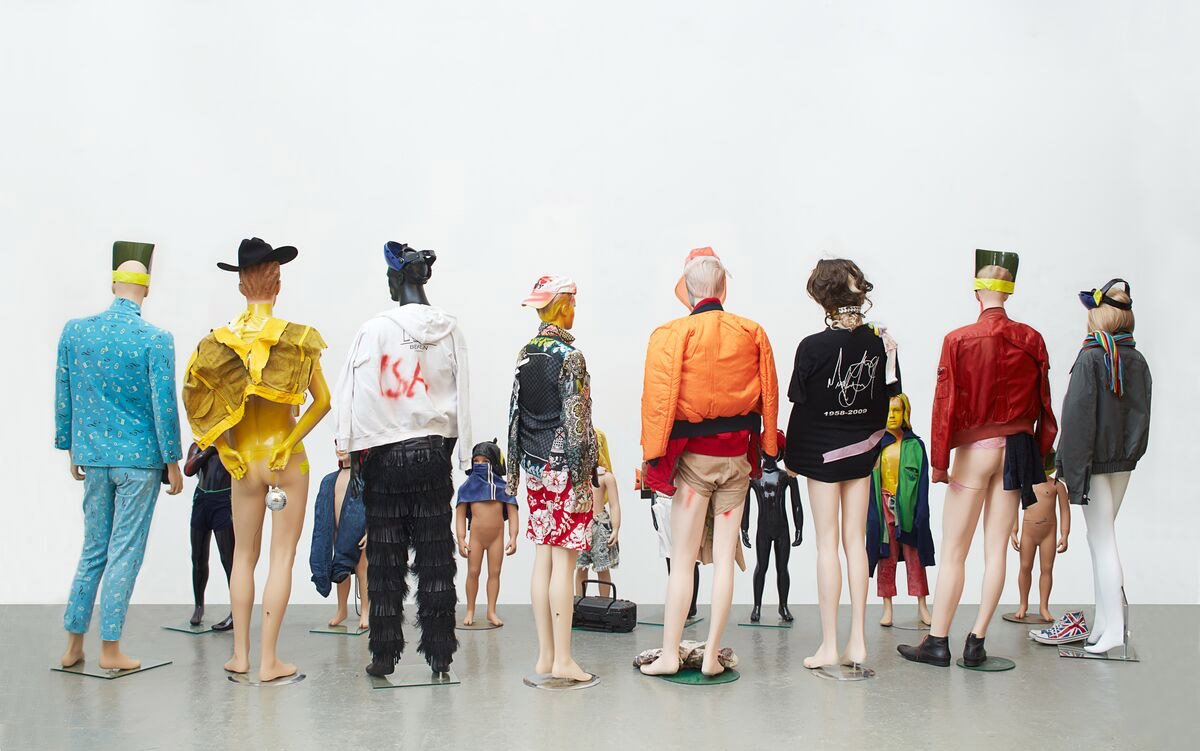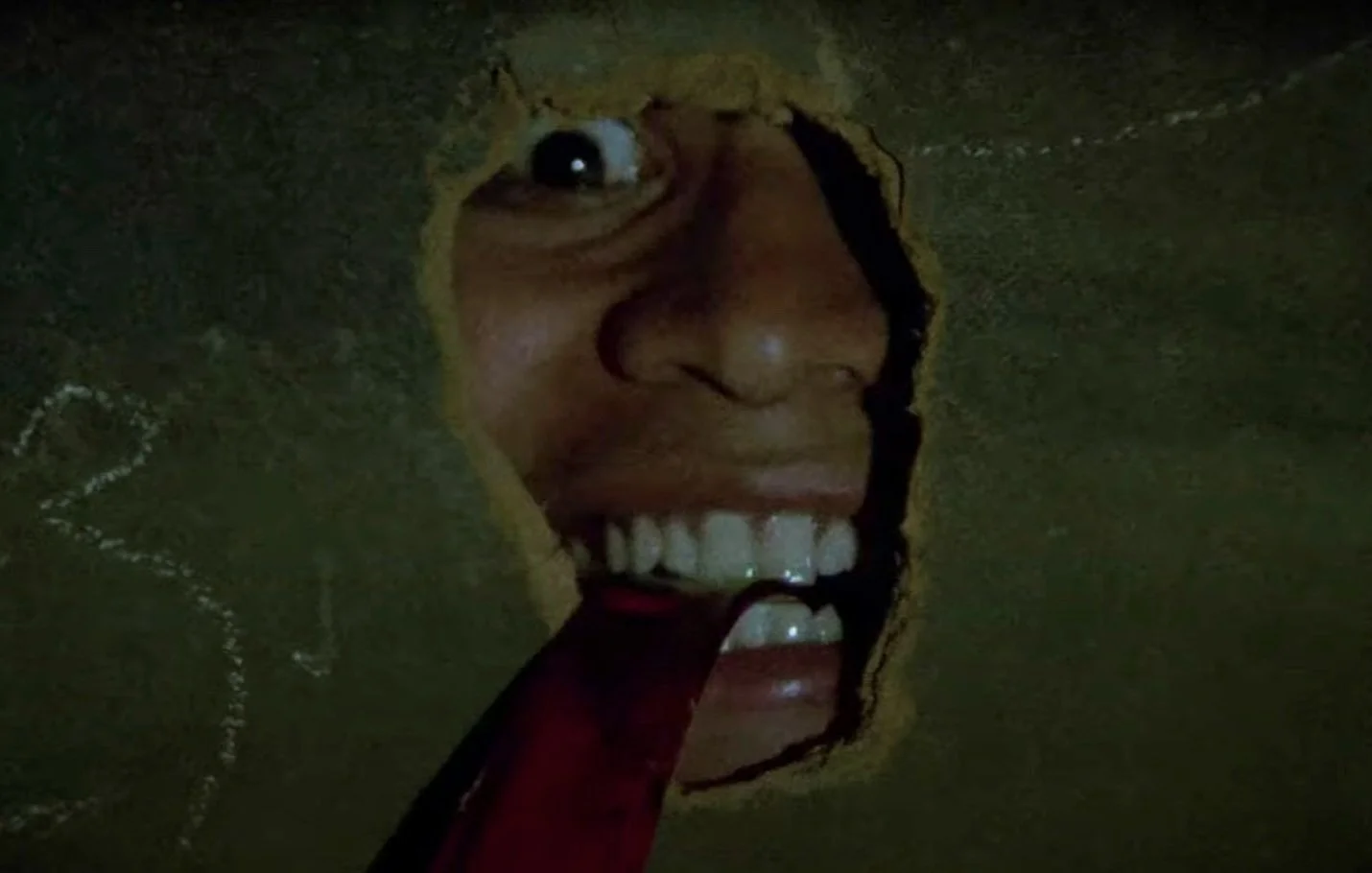Did The Square teach the art world anything
Just last month Ruben Ötslund’s skewering of the super-rich Triangle of Sadness earned itself three academy award nominations. The film’s positive reception among the very people it attempted to critique reads as more than a little ironic. True: the upper echelon of Hollywood might be capable of joining in on laughing at the absurdity of their lifestyle. However, since they’re the same sort of people who orchestrate performances like this, I think that’s unlikely.
Basically, it might take a while for the “people in glass houses” nature of the buzz around Triangle of Sadness to properly sink in. But given it’s been nearly half a decade since the release of The Square, we can finally look at Ötslund’s critique of the art world outside the ordained period of industry mutual masturbation that is awards season. We can view The Square with a retrospective viewpoint, see if its vision of the art world still rings true (and if it ever did to begin with).
The art piece at the core of the film (Source: Culturaal)
At the core of Ötslund’s The Square is… the square, an immersive art piece situated outside the fictional X-Royal Museum that is heralded as a utopian “sanctuary of trust and caring”. While the curator of the museum Christian (Claes Bang) organises the promotion of the square, the events that unfold in his personal life reveal that his own (dubious) morals sit at odds with the liberal-minded ideals of the artwork. We could shorten that whole synopsis by just saying this: The Square is about hypocrisy, which Ötslund positions as central to the art world represented in the film.
Hypocrisy is a broad term; in the world of The Square, though, that’s kind of appropriate. The hypocrisy shown in the film is all-encompassing, with the liberal elites that Ötslund depicts seemingly unable to escape it. Christian, the self-professed progressive, is also a “man who enjoys using [his] power to attract women as conquests”. Though the art piece at the centre of the film emphasises the values of “trust and care”, Christian struggles to exercise these when any of the many passing homeless people ask him for spare change. Worse still, if he does give in, it’s a case of “beggars can’t be choosers”: when a homeless woman asks him for a chicken sandwich without onions, he orders it but tells her to remove the onions herself. The idea of hypocrisy is the motivating force between the film’s most memorable scene, too. When the stiff-lipped patrons of a museum benefit are presented with the performance artist Oleg, it doesn’t take much for a complete breakdown of social convention to occur, their civility swapped out for absolute hysteria as they violently attack the man masquerading as a monkey… And the list goes on. Ötslund hammers home that those who inhabit The Square’s art scene are inherently insincere. But is this a true facet of the real thing?
In some regards, yes. And though this might be true of most creative industries – performative “feminist” messaging from fashion brands that exploit female workers, for example – there’s something particularly eery about a sanctimonious artist drawing attention to social issues while disregarding them elsewhere. Irish photographer Richard Mosse, whose subjects are often young Congolese soldiers, has been criticised for “perpetuating the idea of an imagined Other” in his failure to consider the colonial past of those in his photographs. Though the environmental impact of Olafur Eliasson’s Ice Watch was closely monitored by a non-profit, it’s arguable that there’ll always be the question of “was this really worth it?” when it comes to hauling 30 blocks of ice from Greenland to the UK. It might be more appropriate to compare Christian’s hypocrisy to that of Brian Ferriso. Despite joining the organisation MASS (Museum as a Site for Social Action), the director of the Portland Art Museum went against their standards of fair labour and wages when he made the decision to let several of his staff go during the coronavirus pandemic. Ferriso’s $374,288 salary, of course, remained unscathed.
Brian Ferriso (Source: Portland Art Museum)
While the hypocrisy I’ve outlined might not be as explicit as that portrayed in The Square, it’s most definitely there. In fact, it might even more there than I can account for in this article. Why? Because the proliferation of social media within the art scene means that the differences between the values of the artist and the values of their art – those which could be construed as hypocrisy – are no longer visible. They’re not allowed to be. Social media has made the artist and their art into one homogenous mass. If The Square was made now, Christian would have been putting out content of his social life in a way that corroborated with the values of the art he was curating back at the museum: picture opportunities at dinners with feminist thinkers; candid photographs taken of the human rights advocates he went for coffee with. More to the point if his public perception was based on this content, his serial schmoozing of women, fighting over condoms, and ignoring of homeless people could just go on behind the scenes. This is, perhaps, how it should be: it’s telling that one of the final scenes in The Square is Christian giving a press conference in which he announces that his professional life is separate from the life he lives as a private citizen. I personally agree with sentiment: isn’t hypocrisy, to an extent, a tenet of the human existence? And isn’t to pretend otherwise just deeply disingenuous?
The growing role of social media in a many artist’s identities is something that The Square even foreshadowed. After all, The Square isn’t really about the work on display at the X-Royal Museum. It isn’t even about the artists who created the work. The Square is, at its core, about the marketing involved in getting people to see art. And Ötslund’s view of this is less than subtle: those characters responsible for PR at the fictional museum are a group of, to put simply, bumbling idiots. The young whippersnappers invited in to pitch a campaign to promote the square care about nothing more than controversy. Worse still, Christian - the apparent aesthete - signs off on said campaign without even looking at it. This is hardly surprising given that when Anne (Elizabeth Moss) questions him about a nonsensical, self-indulgent bit of writing he put out on the X-Royal Museum website, he is completely unable to provide any explanation of what it means.
Ötslund’s disdainful perception of this kind of marketing is one that’s shared. Historically artists have refused to succumb to self-promotion. Sculptors Iza Genzken and David Hammons notoriously don’t talk to the press. Conceptual artist Stanley Brouwn is, for the most part, anonymous. Though these are not in response to the contemporary onslaught of social media, it’s a sentiment that still rings true today. Illustrator Christine Nishiyama posted a statement on her website saying this: “don’t make art for likes”. Despite the years between these artists’ work, at the core of their messaging is the same rhetoric: that the abstract and esoteric quality of art sits in contention with social media’s emphasis on a quantifiable response.
Sculptures by Iza Genzken (Source: Hauser and Wirth)
So far, I’ve been writing this article based on the assumption that, like me, you enjoyed The Square. This, of course, isn’t necessarily true. If you didn’t like The Square, you wouldn’t be alone in doing so. Given there’s a glaring contradiction at the core of Ötslund’s film, you also wouldn’t be “wrong” to do so. Film critic Kameron Austin Collins most succinctly expressed what that contradiction is: it’s that The Square “exemplifies the kind of middle-class, middle-brow, liberal intellectualism it’s supposed to be mocking”. The Square is, in the same manner as the world it attempts to satirize, a little bit pretentious. In this sense, the film might not actually be in the position to criticize the art world in the first place. It’s that phrase again: people in glass houses.
But what is pretentiousness? For me, it’s a little like “derivative”; it’s not a term to invite further thought, but one to shut down conversation. It expresses a desire to move something into the realm of not worth a deeper discussion: to dismiss. But to dismiss The Square because of this would be a shame. Though it may get lost amongst the director’s penchant for inconsequential (though very funny) scenes of monkeys and Tourette’s, The Square has an incredibly poignant underlying motivation: to convey that these bumbling idiots prevent others from getting their foot in the door. While the experiences of those less fortunate may be good fodder for their exhibits and marketing campaigns, they’re not allowed in the building themselves, to create their own art. It’s this that facet of The Square that rings most true today: a 2019 study by Create London and Arts Emergency revealed that the percentage of people in the arts with a working-class background to be just 18%.
What to read next










